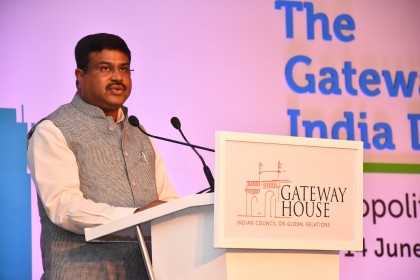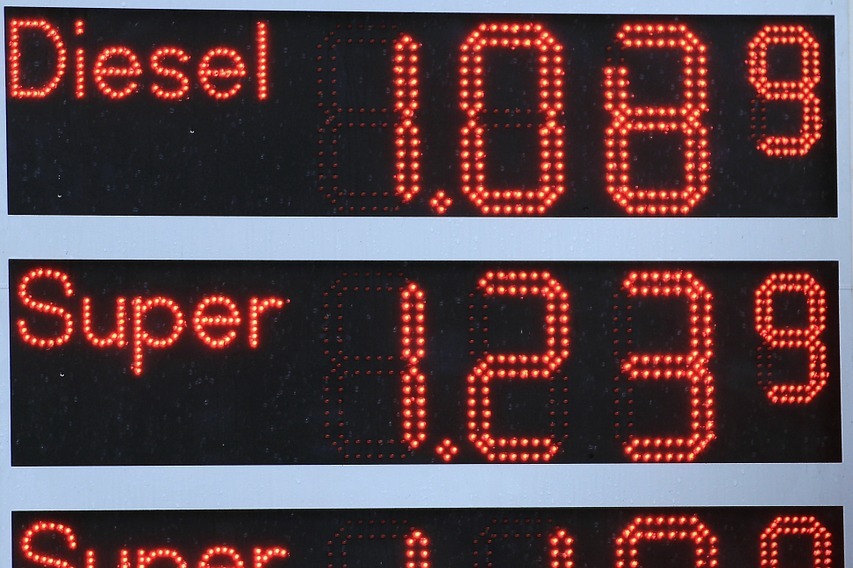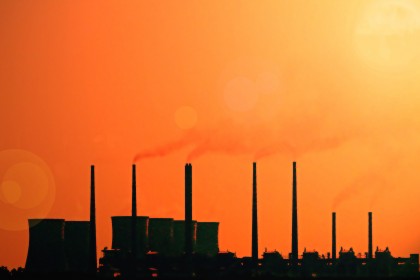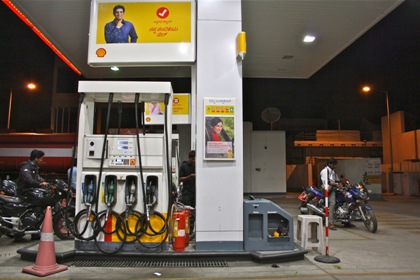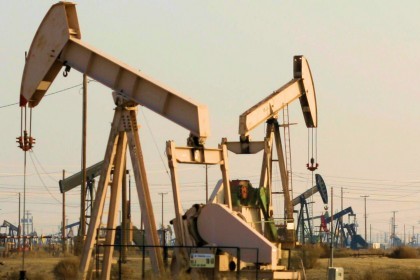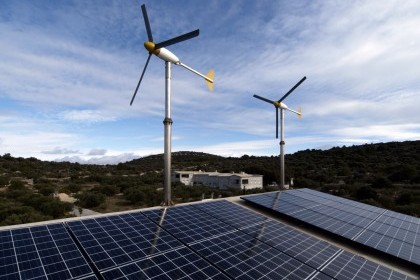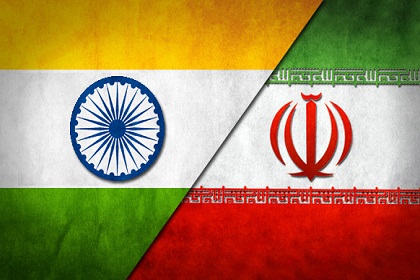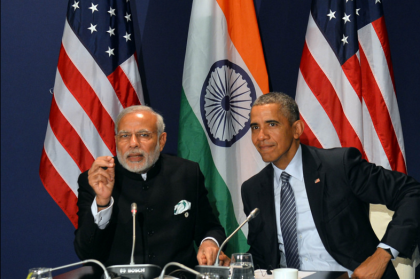GOID 2016: Power Keynote by Dharmendra Pradhan
Dharmendra Pradhan, Minister of State for Petroleum and Natural Gas, delivered the keynote during the Power Dialogue on The Geopolitics of New Energy at India’s first Gateway of India Dialogue conference in Mumbai, organised in association with the Ministry of External Affairs. Pradhan's speech discussed the changing trends of energy in the world and how India was positioning itself to have the advantage.

